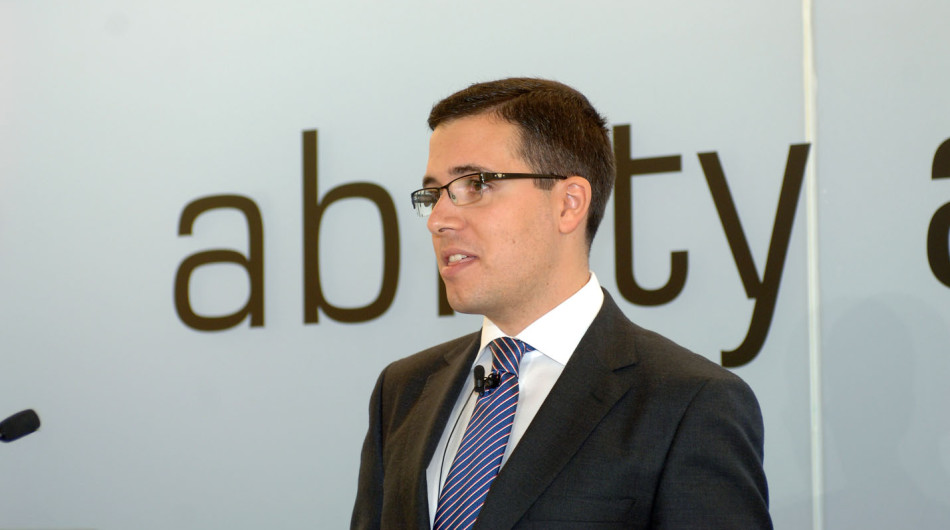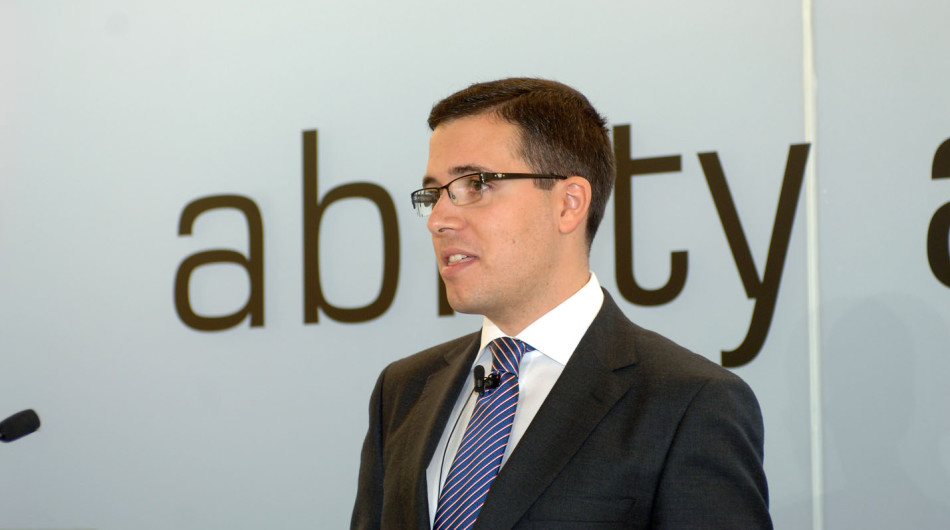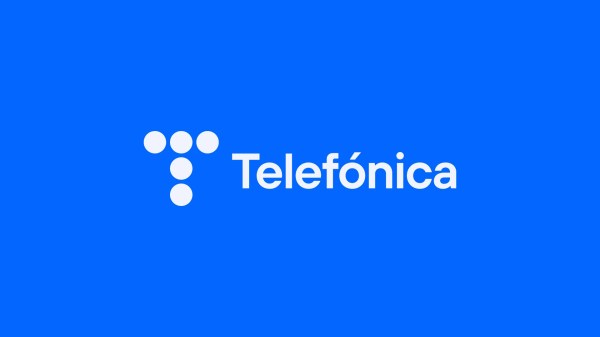 Editorial Staff
Editorial StaffBlueway has a name: José Luis Fernández Gorroño. This young entrepreneur, with the support of Dr. David Contreras, is the head of one of the three initiatives candidates for the award in the new category of Telefonica Ability Awards “Innovation for Inclusion”.
Some studies claim that we, the people, spend over 90% of our time inside buildings. Although it seems impossible, many people with visual or cognitive disabilities may have many difficulties to move and guide theirselves inside them. Precisely in order to avoid this, a solution is born: Blueway.
Several studies and experts from the world of technology have estimated that indoor positioning can be one of the next industries exceeding one billion dollars in turnover figures. There is currently no implanted a great indoor positioning and navigation system. Although several startups are beginning to experience this area, they are not well focused on people with disabilities. Blueway’s aim is to provide a solution for them.
What is this app?
Blueway is an indoors mobile navigation system for people with visual or cognitive disabilities. With this system the disabled person can use a mobile through which would indicate, by voice, where to go. Leaning on sensors installed inside the building, the device will be routed to the desired location by voice instructions or via clear and simple visual indications.
While in the cities we have the GPS technology to guide us, Blueway can do the same inside buildings. To quote José Luis Fernández, “we truly believe that Blueway can revolutionize the way people navigate within buildings in the same way that GPS devices have revolutionized the way we travel by car”.
The application has two interfaces:
- A voice interface: Designed for people with visual disabilities. When entering a building, the application will prompt the user by voice possible destinations. The user responds by voice where to go and the navigation system begins to guide through the same media without requiring the user to interact with the screen.
- An augmented reality visual interface: Is designed principally for people with cognitive disabilities, such as people with Down syndrome. In this interface, the user selects or says where to go. When the phone is turned in landscape position it appears, above the image filmed by the phone camera, a 3D arrow that tells the user how to reach the destination.
Videos:









